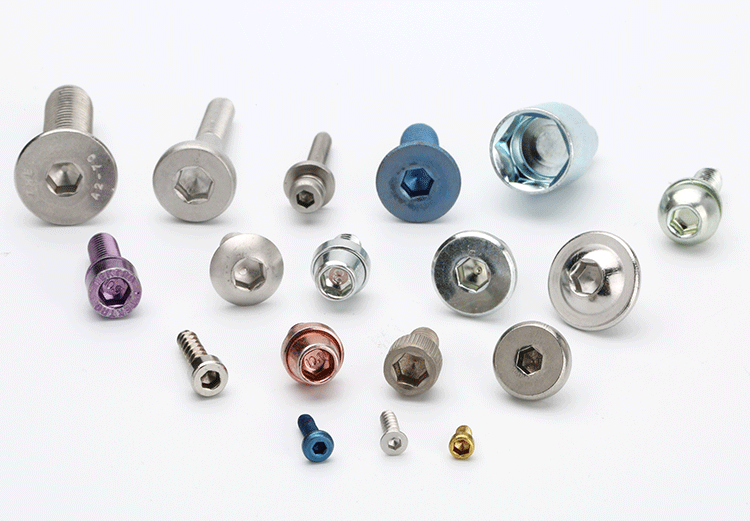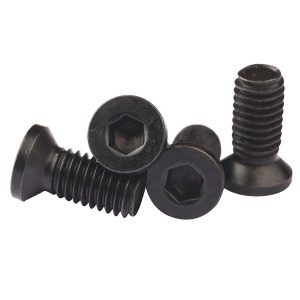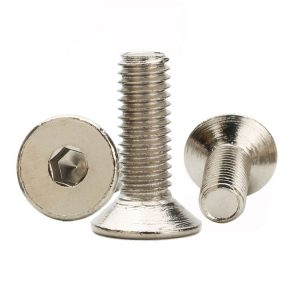Why do the hex socket flat head screw need to be dehydrogenated?
Kim is the person responsible for purchasing in a company in Australia. According to the needs of their company, Kim was looking for a screw manufacturer that could produce hex socket flat head screw at last week.

Kim found Shi Shi Tong on the Internet and sent us the drawings of the hex socket flat head screw to ask if we can produce them. And Kim deliberately emphasizes the need to perform hydrogen removal treatment at the time of production.

In general, carbon steel screws, no matter what the size of the screws, when the surface is carburized or heat treated screws will have the risk of hydrogen embrittlement, which is what we often say brittle. Screws with a strength class above 10.9 are required to be dehydrogenated after plating, otherwise the screws are prone to brittle fracture.

Kim said that the hex socket flat head screw they ordered at another supplier last time were 6.8, but they were brittle when they were used. Therefore, this time they requested that the screws be dehydrogenated during production to prevent brittle fracture.
If you want to customized hex socket flat head screw please send an email: annie.li@szsst88.com